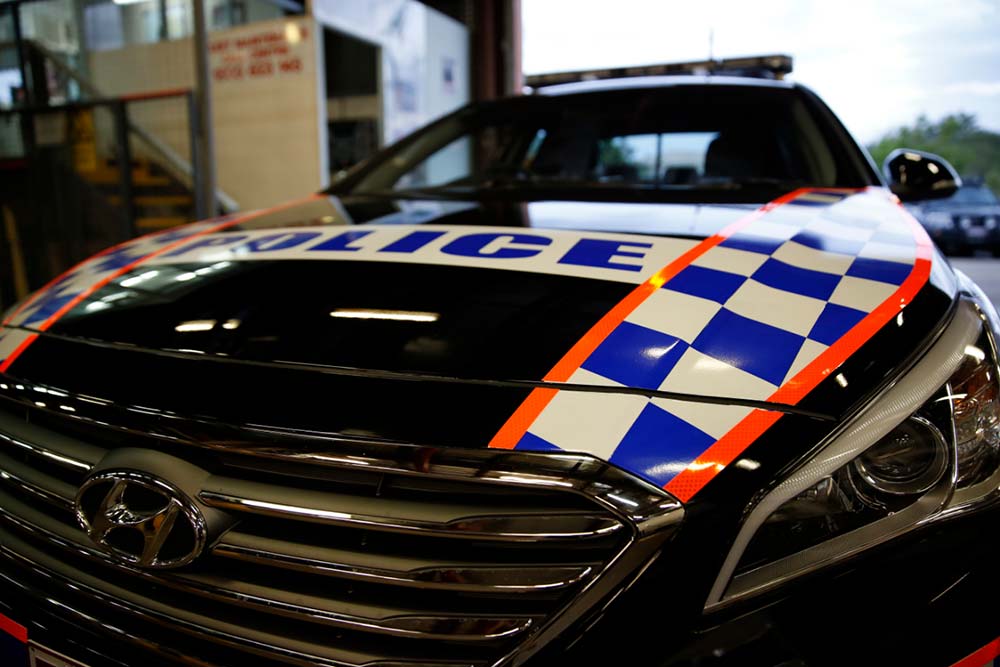
Image: Queensland Police Service
People are used to seeing the Holden badge as the vehicle of choice for state law enforcement, but now the Queensland government is preparing to roll out a new fleet of Hyundai Sonatas as part of its Police Service fleet.
A big part of the Queensland Police Service’s (QPS) decision to look to the South Korean brand’s product offer is due to the wind up for Australia’s car manufacturing industry, which has lifted the pressure on Australian governments to “buy local”.
Now, the state government has announced that it has purchased a fleet of Hyundai Sonatas following trials of a range of different vehicle makes and models to ensure the QPS’s fleet continues to support its operational needs.
According to the Palaszczuk government, it has committed nearly $32 million in 2016/17 for new and replacement police vehicles.
One of the most prominent features associated with the purchase is the government’s conscientiousness of the environment, which played a key role in its selection of the Hyundai Sonata in the police fleet.
Usually, the QPS has favoured six-cylinder vehicles, but this time, it’s taken “environmental factors” into account, and has selected the Hyundai Sonata as a four-cylinder replacement for its current fleet of six-cylinder vehicles.
Queensland Minister for Police Bill Byrne said this approach will help to reduce the carbon footprint of the QPS as the new vehicles are more fuel-efficient and have lower greenhouse gas emissions.
“The roll out will begin this financial year and is estimated to save the QPS around $2.3 million as 234 vehicles are replaced with Sonatas,” Mr Byrne said.
The Hyundai Sonata was recommended by PSBA Fleet Assets and endorsed by the QPS Fleet Governance Group following the application of the endorsed Vehicle Selection Framework.
The Vehicle Selection Framework is an 8 stage framework with pre-determined stages for evaluation.
A part of the vehicle’s specifications that was an attractive feature for the government’s environmental agenda was that it uses up to 3,800 fewer litres of fuel over its life expectancy, which is around 80,000 kilometres.
Compared to its six-cylinder counterparts, it means that there will be a lower operating cost and fewer carbon emissions.
It also comes with a five year capped 150,000 kilometre warranty, which exceeds any other current in-service vehicle warranty.
Of course, the government is conscientious about how this means that the vehicles will have greater potential for positive resale at the end of their lifespan and better value for taxpayers.





